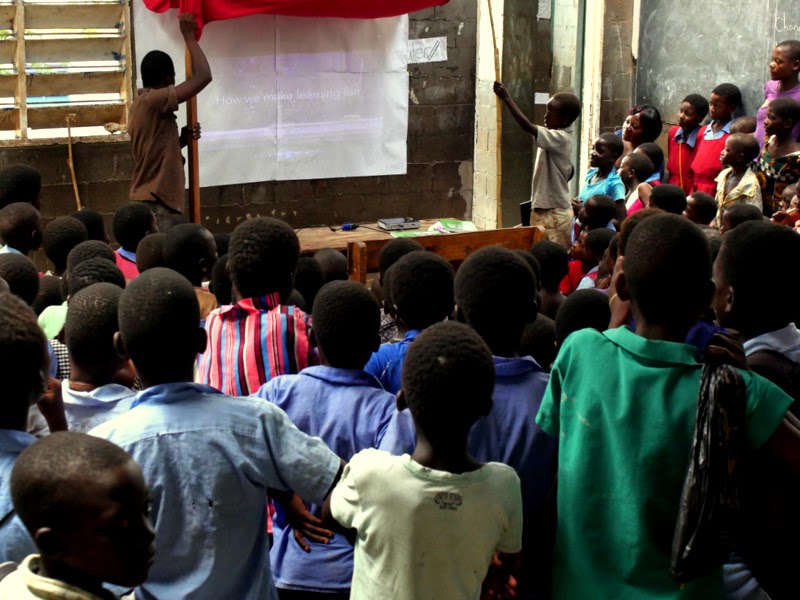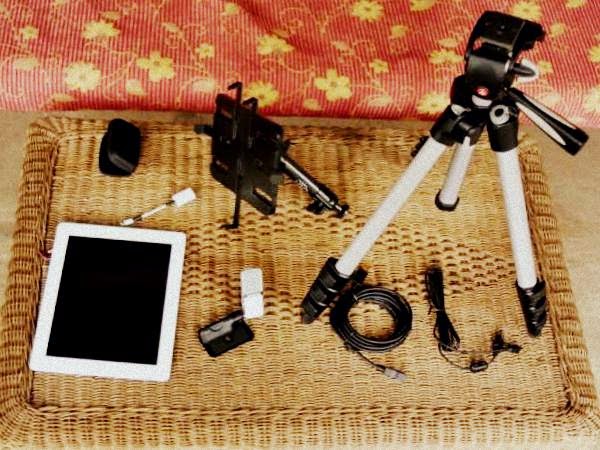Last Friday we were clearing up after the workshop. We walked around the room collecting the empty plastic water bottles and set off towards the bins. Grace, one of the DAPP teachers working on the film, rushed over and asked if she could take the bottles instead. We asked why, and she reeled off five different ways in which she could use them as teaching and learning resources in her classroom.
Resources are central to two fields that I work in. Practically,
resources (or lack of) are prominent in the literature on teaching in low-come
contexts. When you read about rural and remote schools in particular, or speak
to teachers who work there, a lack of paper, pencils, chalk and visual aids are a key issue (not to mention a lack of more substantial things that make
teaching easier, like desks, benches, black-boards, electricity… classrooms…).
.JPG)
.JPG)
Conceptually, much of my work has drawn on Amartya Sen’s
capability approach. Central to this is an evaluation of the freedom an
individual has to pursue and achieve objectives (or capabilities) which they
have reason to value. In international development (and more recently,
education), a focus on capabilities has been positioned as an alternative to
approaches which strive for equality in utilitarian terms (i.e. everyone having the same resources). In his book Inequality Reexamined, Sen asked: equality
of what? Sen agrees that resources are important. However, the value isn't in
the resource itself, but the freedom a person has to utilise that resource to
achieve an end goal.

The obvious example is money. Say you have (since we’re in Malawi) two
1000 Kwacha notes (1000 Kwacha is worth about £1.50). You give one to a person
living in a city and one to a person living in a remote, rural hamlet. Financially,
each note has equal value, but their opportunity to convert the note into
valuable outcomes is less equal. The city person could walk to the bank and pay
it into an account where it would gain interest, or they could treat a friend
to a coffee at a hotel, or they could by anti-malarial drugs at a clinic, or spend it on fruit at a supermarket… etc.
The rural person has different freedoms to utilise the note. In some ways this
freedom could be limited (for example it might cost 1000 Kwacha to get to a bank in the first place) but in
others it may be expanded (they might be able to get a lot more fruit for 1000
Kwacha at a local market than the city person could in a supermarket, or they
might be able to invest it in a farming cooperative). So, whether the end goal
is something tangible like a mango, or a more abstract goal like good health,
different people have different capabilities to pursue these, even if they have
the same level of ‘resource’. All this is before you factor in things like age,
gender, existing income, personal contacts, family expectations, cultural norms
and expectations and so on.
So, bringing the practical and the conceptual together…
resources are important in teaching, but we also know of countless projects
which have donated books, computers, generators, etc to schools and had no
discernible impact on the learning outcomes of the pupils. Resources are
important, but they need to be contextualised, appropriate and meaningful for both
teachers and pupils if they are to enhance teachers’ freedoms to ensure their
pupils learn.
All this is a long-winded way of introducing the TALULAR
Rooms at the two DAPP teacher colleges we've visited - Chilongoma and Amalika. TALULAR means Teaching and Learning Using Locally Available
Resources. The rooms are incredible spaces, categorised by subject, and
full-to-bursting of teaching aids, all made by the students from every-day items - many of which would normally be seen as rubbish and thrown away.
Our favourites included a very simple counter in which
bottle caps were strung onto a bow-like frame made of wood and string, and a working model of the respiratory system made from a large plastic water bottle, balloons, a biro, some
clay, and a plastic bag.
The students proudly showed us all of the things they’d made
and collected for the resource room, and talked passionately about the
importance of them in their teaching. They talked about how important it was for pupils to 'see' how lungs (the balloons) inflate when we breathe in and they fill up with air, rather than just be told about it, and how basic sums become much easier when a child has a counter. They also talked about how much more fun school is for children when they can play musical instruments (they had shakers made from food cans full of beans or rice, tambourines made from plastic bottles and bottle caps and drums made from cardboard boxes and animal skins) and how classrooms are more stimulating and attractive learning environments when there are wall charts and posters.
I've spoken to a lot of student teachers in my work, and none of these assertions are uncommon. Nearly all of the 300 student teachers I surveyed in Ghana recently said that more and better resources would improve their teaching. What is less common is student teachers having innovative, but also very practical ideas about how they can create these from every-day items (in capability terms, this can be seen as the freedom to convert a resource into an outcome). This is a central element of the DAPP approach.
It is very unlikely that schools in low-income contexts - and especially rural ones - are going to get significantly increased budgets for teaching resources any time soon. But one way of enhancing the learning experience for children in these contexts is to have more teachers like Grace who - at the end of a long week of teaching and filming workshops - see an empty plastic bottle and don't think 'rubbish', but think:
1) stock for my classroom 'shop'
2) musical instrument
3) vessel for teaching volumes of liquid
4) the children could use them to make cars in an expressive arts lesson
5) the label can help with reading.
It's really crucial that teacher preparation programmes support teachers to develop these capabilities - to convert resources that are available to almost everyone into appropriate, useful, attractive and fun teaching aids to support better quality teaching in rural classrooms.
P.S. You can see some really great examples of these in the film!













.JPG)
.JPG)

.JPG)



































